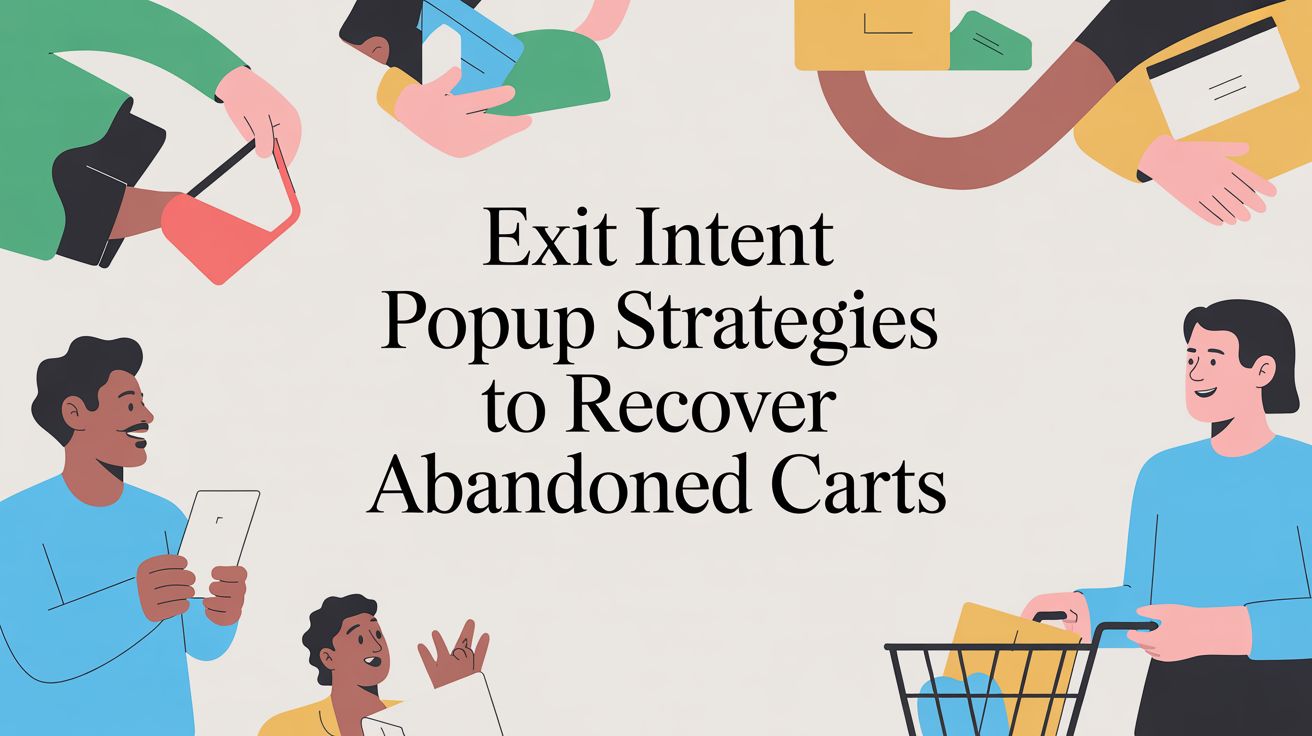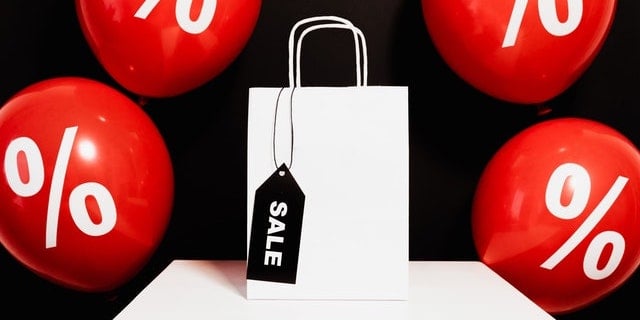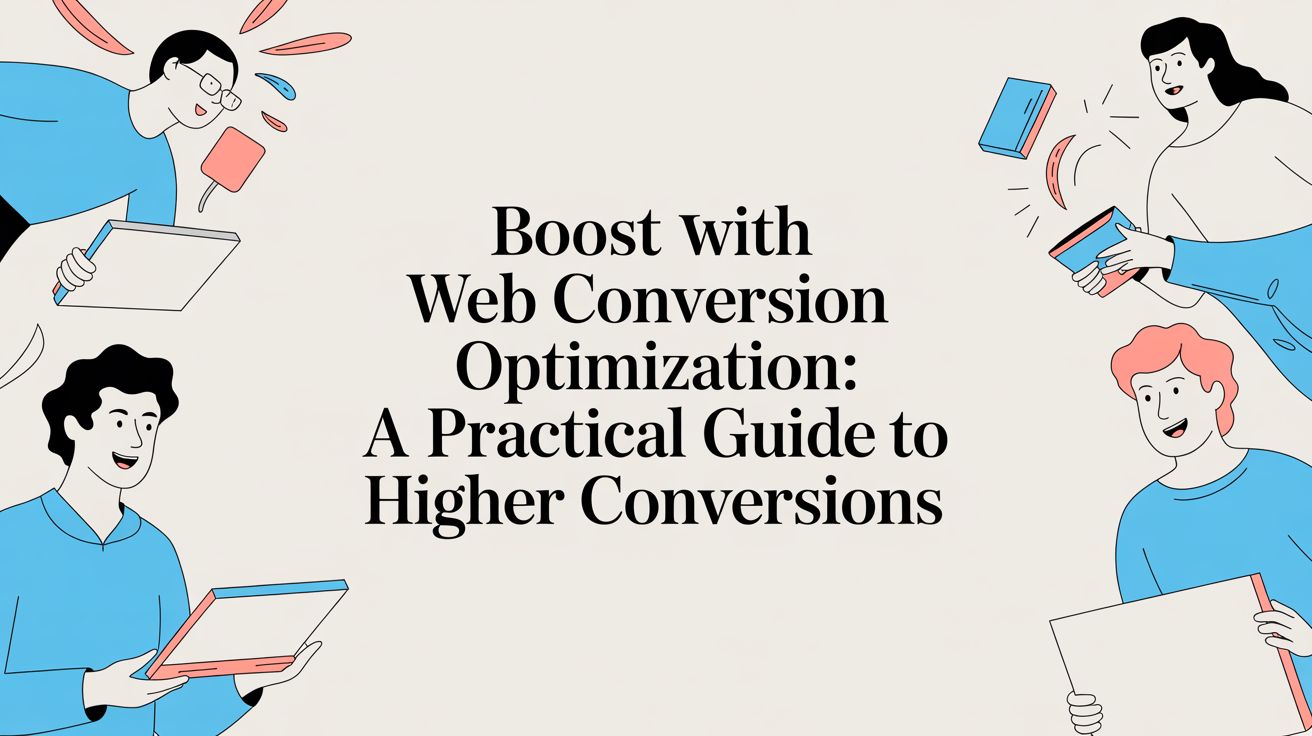
The value of consumer discounts

If you were to ask a consumer psychologist what the brain science behind consumer discounts is, they might mention elements of scarcity, pleasure and urgency. The bottom line? The value is largely based on money saved and time sensitivity.
It’s also based on how valuable customers perceive a consumer promotion to be. While customers can feel pain around purchasing products, it’s no secret that humans tend to rate expensive items higher than their low-ticket counterparts.
When the goal for many brands is to enhance value for their customers, how can you make sure discounts benefit both you and your audience?
To help answer this question, we reached out to Greg Gillman, Chief Revenue Officer at MuteSix, a DTC performance marketing agency based out of California. Together we discussed the origin of consumer discounts, how to offer discounts strategically and why the worth of discounts differs depending on a brand’s market value.
The origin of consumer discounts
“Discounts have been around since practically the beginning of commerce, as brands have always understood their power to not only incentivize new shoppers hesitant to make a purchase, but to boost customer loyalty amongst existing ones by surprising and delighting them,” Gillman said. “While they’ve evolved considerably since the early days of coupons and punch cards, the concept is the same and capitalizes on the fundamental understanding that customers not only love a bargain but that they want to feel valued by brands.”
Of course, discounts aren’t just for customers — they’re also meant to benefit your brand. In order for them to reach their full potential, your benefits must be used sparingly and truly present as a worthwhile deal for your customers.
“While all customers love discounts, not all brands love discounts. That’s because they can hurt their bottom line if they’re too steep or served up too often. When not planned strategically, discounts can train customers to expect them and only shop when they’re available. That’s why it’s important to offer them in ways that help your business, not hurt it,” said Gillman.
Critical checkpoints for determining how discounts are impacting your brand include industry trends and high-traffic shopping cycles.
“Brands should keep an eye on what competitors are offering, especially during heavy promotion periods, and ensure they’re offering something special for customers to keep up,” said Gillman. “Around and in-between those important shopping periods, brands should look to more sustainable solutions that nurture loyalty like rewards, reviews and referral marketing to incentivize shoppers to continue making purchases while still getting something in return.”
Luxury brands and consumer discounts
Humans are fickle creatures. On one hand, we love discounts. They reduce the pain of buying and make us feel like we’re getting more bang for our buck. On the other hand, expensive products are viewed as more valuable, and getting too many discounts may make us feel like if a brand is giving something away, it must not be worth having.
Gillman says slashed prices and flashy offers don’t necessarily “devalue” brands, but they can derail premium ones from the luxe appeal that draws customers to them in the first place.
“Even if they’re overpriced due to the popularity of a brand name, expensive products are typically more premium in quality, and that alone makes an item more attractive to customers. However, you’d be hard-pressed to find a customer that would turn down a discount on a pricey product,” said Gillman.
The middle ground, Gillman says, is having a detailed plan for how your brand is going to offer higher priced items, especially if you’re looking to discount them for a period of time. Think about how often you’ll be offering discounts and how steep your price reductions will be — anything that will highlight how compelling your incentives are without cheapening their value.
Everyday brands and consumer discounts
For brands that are designed to serve the average consumer, discounts are viewed a bit differently than if they were placed on pricier products. Gillman says a discount may be a great way to initially attract the buyer, however, it’s the product’s value that encourages return customers, not the price.
In addition to knowing your brand and its products, he says it’s important to know your niche, your customers and your competitors.
“For less-premium brands that are suited for discounts, ensure you’re keeping up with the competition and offering deals that will both excite your customers and align with your business goals. Most importantly, though, concentrate on promoting what sets your brand apart from the rest — whether it’s your customer service, quality, exclusivity, etc. — so that even if a competitor offers a steeper discount more often, customers feel more compelled to buy from you,” Gillman said.
Combine consumer discounts with loyalty programs
There are certain marketing channels that are optimal for offering incentives like discounts. Loyalty programs happen to be one of them.
Including an incentive alongside valuable products has a way of making customers feel cared for in the otherwise fast-paced, impersonal world of commerce.
“There’s an emotional component to loyalty and nurturing it can be hard in the fast-transaction world we live in. Customer loyalty programs have the ability to customize incentives based on business needs and customer wants so that the shopping experience feels more personal,” said Gillman. “It’s not simply about “spend and get” or waiting around for a discount. It’s about making the shopper feel like each purchase is appreciated and finding new ways to build upon that experience and reward future ones.”
The true answer to what kind of value discounts bring to brands lies in your hands. Consumer promotions can certainly build brand awareness and incentivize customers to engage further with your marketing, but only if they’re used strategically.

Lindsay Keener is a brand journalist for Quikly. She covers stories that help to inform and educate consumer-facing marketers.

